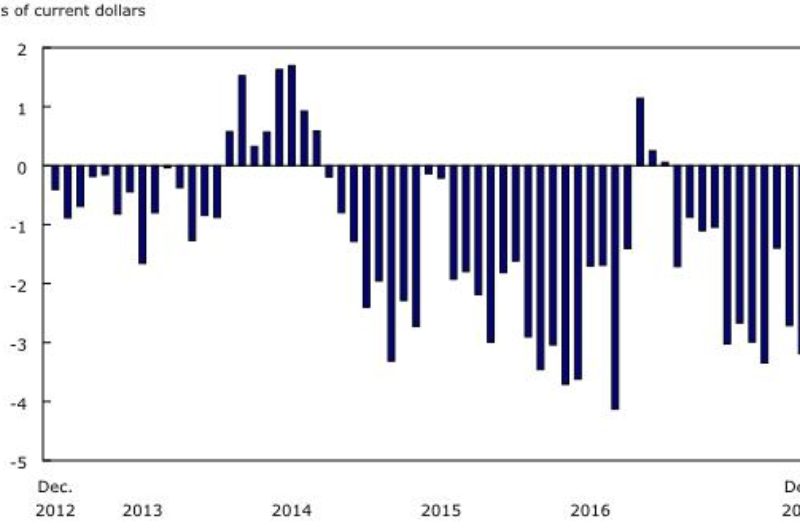
trade

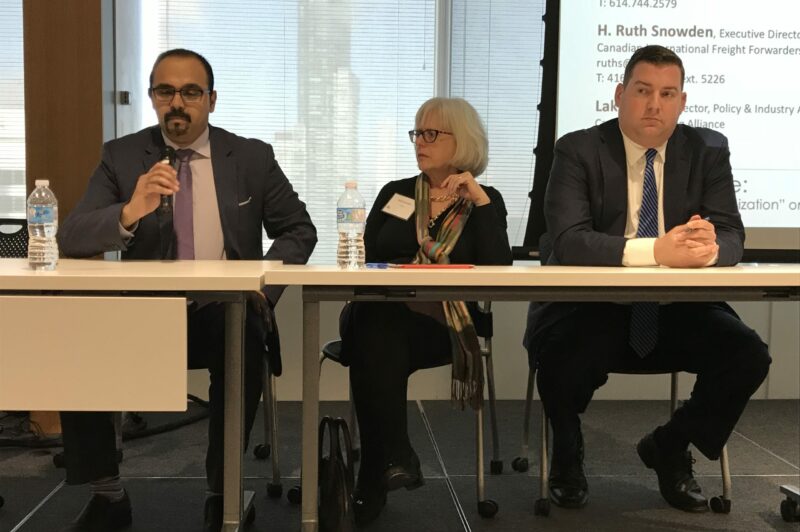
NAFTA deal still in question
TORONTO, ON – The future of NAFTA remains uncertain as negotiators prepare for their latest round of meetings, this time in Montreal. Months into discussions, nobody even knows if U.S. President Donald Trump will decide to outright scrap the deal that governs every load of cross-border freight. With about 10 million trucks crossing between Canada and the U.S. each year, there is plenty of business at stake. A recent survey by Export Development Canada even found that 26% of exporters would shift their business to the U.S. if the agreement was revoked outright. Trade between the U.S. and Canada tripled between 1986 and 2017, Canadian International Freight Forwarders Association executive director Ruth Snowden observed, during a January 17 seminar hosted by the Fernandes Hearn law firm in Toronto. “If [NAFTA] goes, it could be very significant.”
New Ambassador Bridge good for trade: CTA
OTTAWA, ON - The Canadian Trucking Alliance (CTA) applauded the Canadian government for issuing the permits required for the Ambassador Bridge expansion project to continue. The Detroit International Bridge Company, building a privately-funded six-lane crossing to replace the current, 87-year-old, Ambassador Bridge, announced the granting of the permits earlier this week. The current bridge will come down once the new one is in place.

Mexico’s trucking industry a world apart
BANFF, AB - Mexico has clearly realized the benefits of the North American Free Trade Agreement. The southernmost member of the trading block is now Canada's third-largest trading partner, behind only the U.S. and China. "It has been good to us. It has been good to our economy," says Rogelio F. Montemayor Morineau, president of the 5,000-member Canacar - Mexico's national trucking association, referring to the trade deal. It has clearly played a role in the Canadian economy, too.
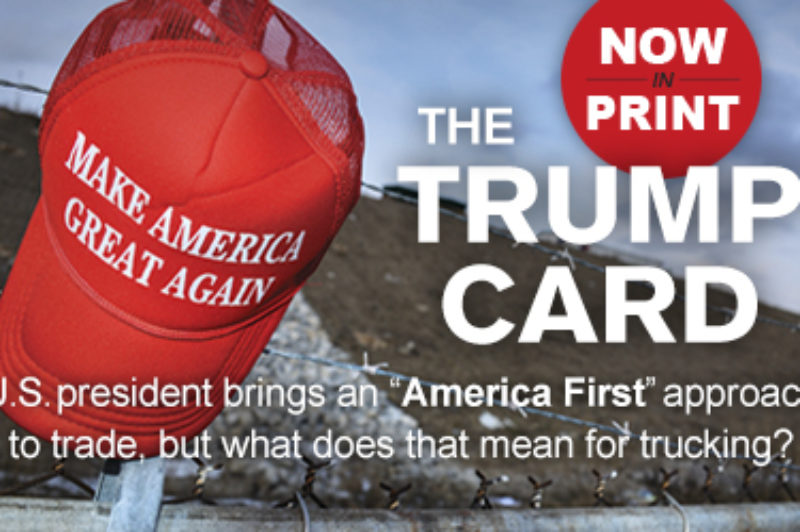
IN PRINT — Trump Card: How “America First” policies could change the trucks you buy
Heavy Duty Aftermarket Week can be a decidedly patriotic affair. Sessions during the related Heavy Duty Aftermarket Dialogue event open with color guards and music videos featuring the Star Spangled Banner. But it was a promise of "America first" that was weighing on the minds of many participants.
Trump, Trudeau commit to pre-clearance, Gordie Howe Bridge
TORONTO, ON - The inaugural meeting between U.S. President Donald Trump and Canadian Prime Minister Justin Trudeau resulted in a joint statement by the two leaders. And while the statement didn't mention NAFTA, it did mention the importance of deepening the relationship between Canada and the U.S. The statement touches on some issues pertaining to the trucking industry, namely the quick completion of the Gordie Howe International Bridge in Detroit, which is cited as a vital economic link between the two countries. In addition, it commits to implementing pre-clearance operations for cargo.

Exports and imports rose in December
OTTAWA, ON - Canada recorded a trade surplus for the second consecutive month in December, with exports up 0.8% on the strength of higher energy products, and imports up 1%, largely on increases in aircraft and industrial machinery, Statistics Canada reports. But in terms of volumes, exports were down 1.4% because of drops in metal ores, non-metallic minerals, motor vehicles and parts. Import volumes were up 0.4%, based largely on industrial machinery, equipment and parts.
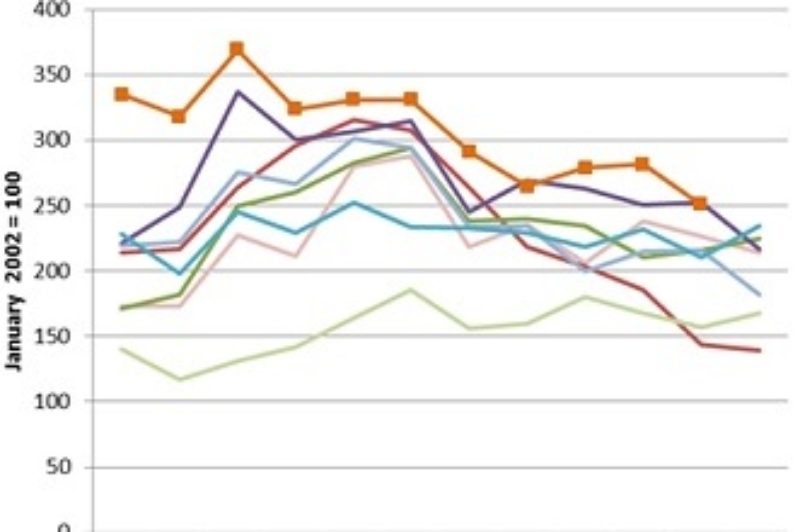
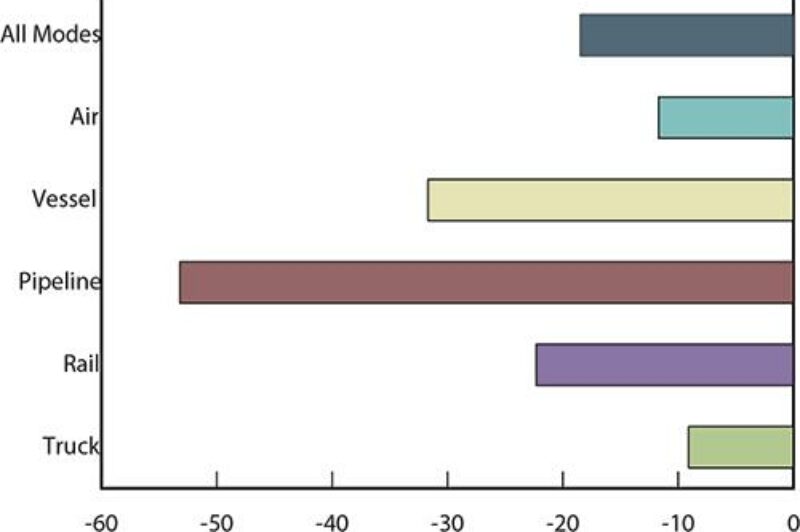
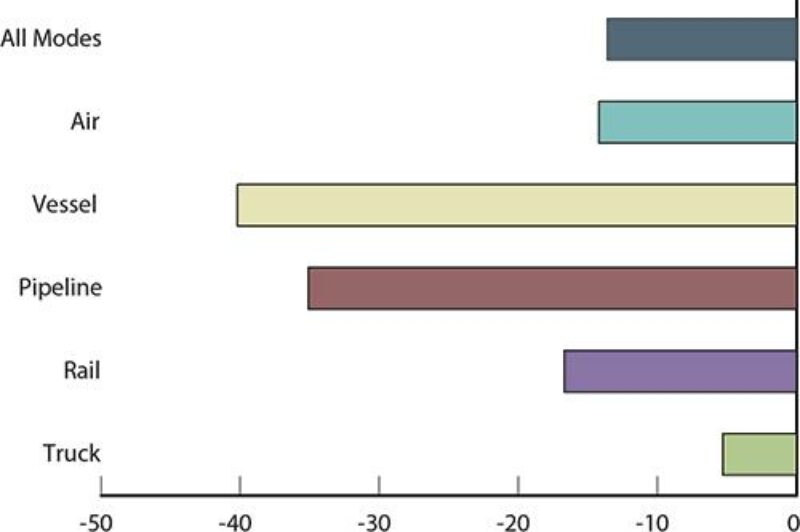
Canada-U.S. Freight Value Falls Nearly 14 Percent
WASHINGTON, D.C. -- The value of freight movements between the U.S. and Canada fell significantly in August, according to a new report. The U.S. Transportation Department reports it totaled US$48 billion in August, down 13.6 percent from August 2014, as all modes of transportation carried less value of U.S.-Canada freight than a year earlier, due to lower mineral fuel prices.
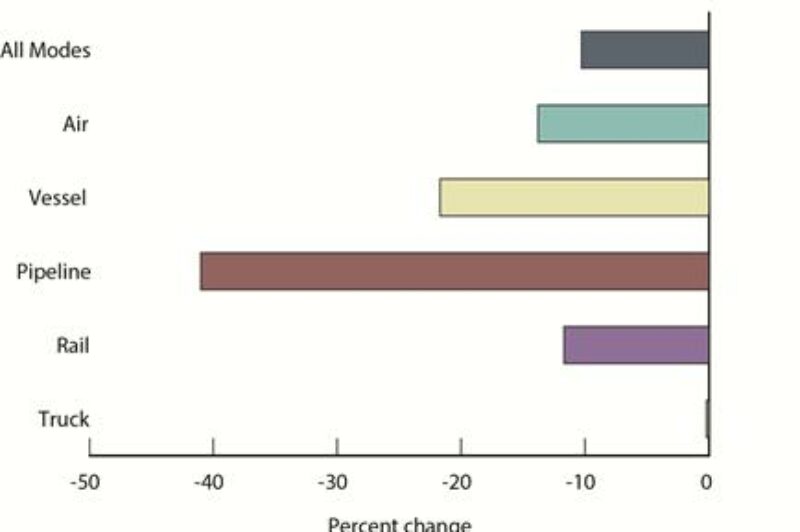
U.S. Canada Freight Movements Post Steep Drop
WASHINGTON, D.C. -- The value of freight moving between Canada and the U.S. posted a steep decline in June, according to newly released figures from the U.S. Transportation Department. It fell 10.3 percent from June 2014, totaling US$52 billion, as all modes of transportation carried a lower value of U.S.-Canada freight than a year earlier. A possible recession in Canada got the blame from the department for the decrease in freight flows. The decline in overall U.S. imports and exports with Canada were each down 10.3 percent from a year earlier as well. U.S. truck freight imports from Canada by value did show a 7.9 percent increase over the past year but U.S. truck exports to Canada by value fell 6.1 percent during the same time. This led to total a total decline of 0.2 percent in U.S.-Canada freight flows by value for the month.
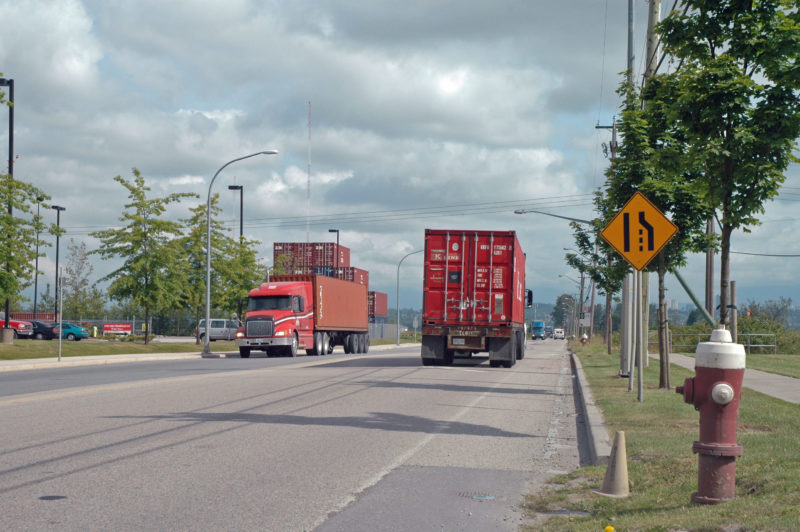
Canada Directs $16.5 Million to Western Freight Movements
OTTAWA - The Canadian government on Wednesday announced it will spend approximately $16.5 million on nine transportation infrastructure improvement projects in British Columbia to help freight more efficiently. All are for Canada's Asia-Pacific Gateway, an investment and policy initiative focused on increasing trade with the Asia-Pacific region by improving the region's network of seaports, airports, railways, roadways and border crossings across Western Canada. According to Transport Canada, these new projects will reduce bottlenecks, address capacity issues and enhance the efficiency of the transportation system in moving goods, services and people to and from the fast-growing Asia-Pacific economies.
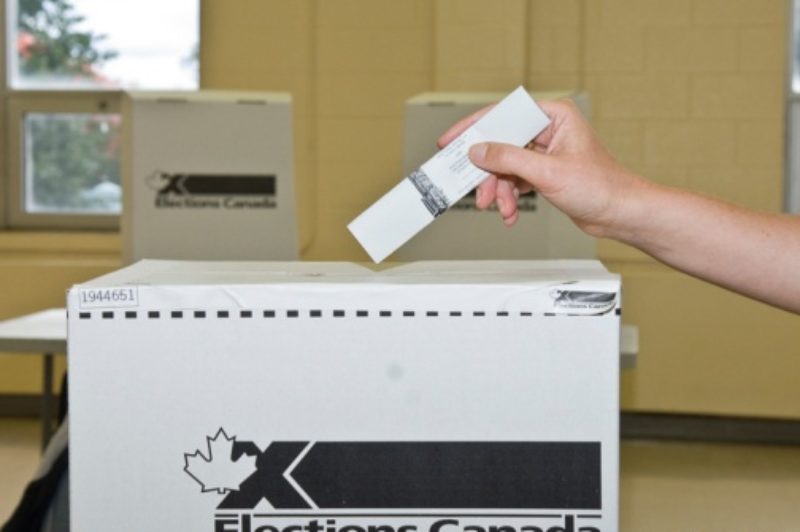
With Elections Near, Tories Talk Jobs ‘n’ Roads in B.C.
VANCOUVER and RICHMOND, BC -- With a Federal election just over three months away (Oct.19th) Prime Minister Stephen Harper's government has been busy this week announcing projects affecting trucking and other industries as part of an overall effort to boost trade with parts of Asia.